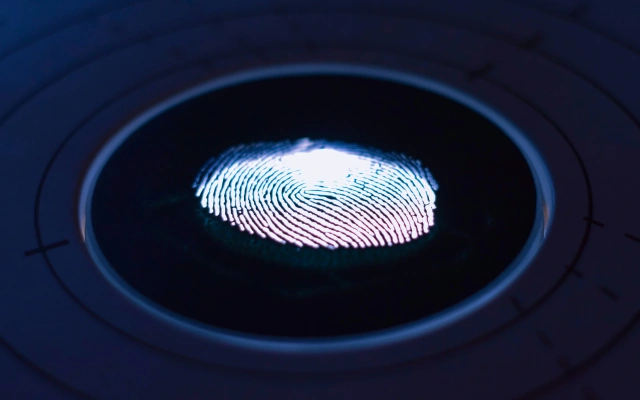The artificial intelligence model analyzed tens of thousands of fingerprints and found similarities between them. This discovery calls into question the popular idea in forensic science that every print is unique.
What’s the trend?
Machines and computer programs with built-in artificial intelligence are capable of solving many real-world problems. Some of the main advantages of AI are the high speed of processing large amounts of data and saving human resources. Its use can lead to unexpected discoveries, including in areas that seemed completely explored.
Similar fingerprints
Researchers from Columbia University loaded an open database of the US government, which contains 60 thousand fingerprints, into an artificial intelligence model. The samples were compared in pairs: in some cases they belonged to the same person, in others they belonged to different people.
In 77% of cases, the model was able to determine that different fingerprints belong to the same person. This result suggests that the prints may be similar and casts doubt on the idea that they are unique.
The need for verification and real benefits
Columbia University researcher Gabe Go noted that the authors of the scientific work are aware of the potential inaccuracy of the data. They are confident that the AI model works the same for different genders and races. However, in order for it to be used in real forensics, a more thorough verification is necessary through the analysis of a larger database of fingerprints.
However, Guo is confident that the discovery could improve the solvency of criminal cases: “The immediate application is to help create new leads for wood grouse, when fingerprints left at a crime scene differ from those in the database. This will not only help catch more criminals, but will also make the plight of innocent people easier.”
Criticism of the study
After the team verified the results, they submitted them to a reputable forensic journal, but were rejected a few months later. An anonymous expert reviewer stated: “It is well known that every fingerprint is unique and therefore it is impossible to detect similarities even if the fingerprints belong to the same person.”
After much hesitation, the article was finally accepted for publication by the scientific journal Science Advances.
Simon Cole, a professor at the University of California, Irvine, who was not involved in the study, said its practical benefits were overstated. He stated : “Forensic scientists are not wrong about fingerprints.
The unproven but intuitively true statement that no two fingerprints can be exactly alike is not refuted by the conclusion that one person’s fingerprints are similar.”
The research paper states that the system could be useful at crime scenes where the fingerprints found differ from those listed in the police report. However, Cole noted that this could only happen in rare cases, since fingerprinting already records all ten fingers, and often entire palms.
However, scientists are confident in the benefits of their research, as well as in the effectiveness of their model, so they made the code publicly available.


